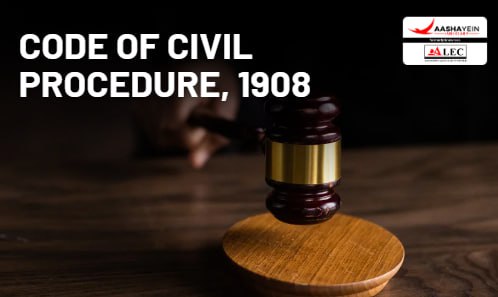In a civil case, one party (the plaintiff) initiates a lawsuit against another party (the defendant), and the court determines their respective rights and obligations. The general rule is that the plaintiff, as the "dominus litis" (master of the suit), has the right to choose whom to sue and cannot be forced to include others unless legally required.
Rules for Adding Parties
Order 1 of the Code of Civil Procedure, 1908 (CPC) governs the inclusion, removal, and substitution of parties. It also addresses joinder, non-joinder, and misjoinder of parties.
- Joinder of Plaintiffs (Order 1, Rule 1, CPC): Multiple people can sue together if:
- “They claim relief based on the same event or transaction (whether jointly, separately, or alternatively).
- A common legal or factual issue would arise if they filed separate cases.”
- Joinder of Defendants (Order 1, Rule 3, CPC): Multiple defendants can be sued together if:
- “The claims against them arise from the same event or transaction.
- A common legal or factual issue would arise if separate lawsuits were filed.”
Joinder of Parties and Non-Joinder
In legal proceedings, the joinder of parties refers to the inclusion of multiple parties in a lawsuit, either as plaintiffs or defendants, to resolve disputes efficiently. Sometimes, a person who should be part of the lawsuit is not included, this is known as Non-joinder.
Meaning of Non-Joinder
Non-joinder occurs when a necessary or proper party is not included in a lawsuit. It is divided into two types:
- Non-Joinder of Proper Parties – If a proper party is left out, the case can still proceed, as their presence is not essential for deciding the case.
- Non-Joinder of Necessary Parties – If a necessary party is missing, the lawsuit may be dismissed because the case cannot be effectively resolved without them.
Legal Tests for Necessary Parties
Courts use certain tests to determine if a party is necessary:
- Benares Bank Ltd. v. Bhagwandas (Allahabad High Court) established two key tests:
- The party must have a right to some relief related to the case.
- The case cannot be effectively resolved without them.
- Kasturi v. Iyyamperumal (2005) 6 SCC 733 reaffirmed these principles, stating that a necessary party is one against whom relief is sought and without whom a decree cannot be passed.
Consequences of Non-Joinder
If a necessary party is missing, courts may refuse to grant relief. According to J.S. Yadav v. State of U.P. (2011) 6 SCC 570, under Order I Rule 9 of the Civil Procedure Code (CPC), failing to include a necessary party can result in dismissal of the case.
General Rule and Exception
As a rule, objections about non-joinder should be raised early in a case. However, an exception exists for partition suits, where objections can be raised at any stage, as seen in Shanmugham v. Saraswati. This is because such cases involve property division, making all co-owners essential parties.
Raising Objections
Any objections regarding improper or missing parties should be raised as early as possible; otherwise, they will be considered waived. If a defendant objects early, and the plaintiff refuses to add the necessary party, the error cannot be corrected later in an appeal. Under Section 99 of the Civil Procedure Code, a case will not be reversed or sent back on appeal due to misjoinder or non-joinder unless it affects the case's outcome or the court’s authority. However, if a necessary party is missing, the case may be dismissed. In such cases, courts should allow plaintiffs to add necessary parties before making a final decision.
Judicial Interpretation
- Brij Kishore Sharma v. Ram Singh
The Supreme Court ruled that a case is not maintainable if a necessary party is missing. In this case, a party died during the trial, and their legal representatives were not added to the record. The court reversed the trial court's decision, emphasizing the importance of including all necessary parties.

